Jersey cow origin, characteristics, and importance
Jersey cow or Jersey cattle inherited their name from Jersey in British Channel Islands. Jersey cow is only one British breed among the other breeds, including Guernsey and Alderney. During the 18th century, cow importation to Jersey was prohibited. Hence, in the 19th century, an indigenous breed appeared as pure. In 1811, the Jersey cow was introduced into England and exported to the United States 1850. Their colors include cream and fawn, but the darker shades are the commonest.
White dots or patches on the skin is also a common feature noticed in this breed with prominent eyes and long eyelashes on its broader face. A purebred Jersey cow often has a lighter ban, black hooves, and long hair on the tail end. This breed is small in size and lacks muscular development. Therefore, the beef values of Jersey cows are comparatively lower than other breeds.


The most exciting fact about the Jerseys is its milk, rich in butterfat with a yellowish tinge, which is of greater importance to economic production. For this reason, demand for crossing Jerseys with other cattle breeds is high. Especially in countries like Denmark and New Zealand, where dairy farming and butter production is vital, Jersey cows have a high demand.
Jersey Cow Characteristics
Jersey cattle are famous for their adaptability to various climates and environments. They can tolerate heat, unlike many other breeds. As a result, many countries import Jersey breed. They live in countries like Denmark, France, New Zealand, the United States, and Nepal, where the Jerseys are used as a draught animal. In British Channel Islands, an average Jersey cow weighs 350–400 kg, while an average bull weighs 600–700 kg. Cows stand about 115–120 cm at the withers, while bulls weigh 600–700 kg.
Furthermore, the maintenance of this breed of cows is more accessible due to their lower body weight as it allows them to graze easily and have a more significant number of effective milking cows per unit area. Generally, Jersey cows are docile and calm even though bulls turn out to be aggressive in unpredictable moments.
Why is the Jersey cow important?
Compared to other breeds, this cow breed can produce milk at a lower cost due to higher fertility, early maturity, zero calving problems, and shorter calving interval.


Jersey milk
Jersey milk contains:
- 25% more butterfat
- 18% more protein
- 20% more calcium than “average” milk
It is an essential and demanding milk production type in cheese and other value-added dairy products. Hence Jersey milk maintains a premium price in many markets. Scientific studies have found that Jersey cows produce milk more efficiently than other cattle breeds.
Where do Jersey Cattle live? Their distribution around the world
Apart from the motherland Jersey, in British Channel Islands, the Jersey cow population expanded into other countries over the years. The commercially profitable nature of this breed has spread across countries such as Canada, Denmark, New Zealand, Australia, South Africa, the USA, and Zimbabwe.
Fun fact about Jersey Cow
The Borden Company introduced a Jersey as their cartoon mascot, Elsie the Cow, in the 1930s.
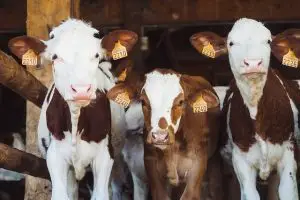

Easy Jersey Calving
A study conducted by the United States identified almost a 20% superiority in the number of easy calving among Jerseys compared to other larger dairy breeds. A similar study of Canadian Dairy Network figures in 2005 indicated that 96% of first-lactation Canadian Jerseys have easy pull or unassisted calving.
Read More
Silkie Hen vs Rooster – Comprehensive Guide
Do Donkeys Keep Coyotes Away? Let’s Find Out
How Long Do Roosters Live? – Explained

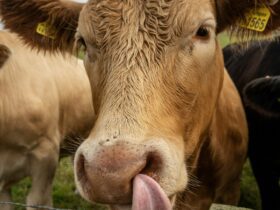
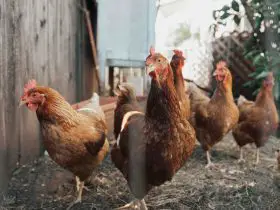
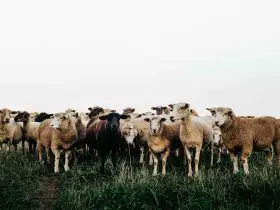
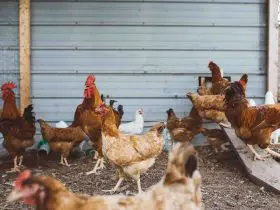

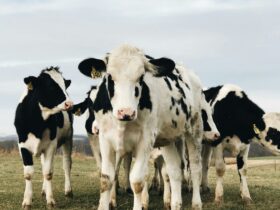
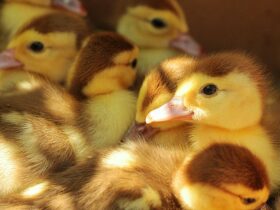
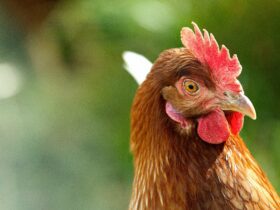
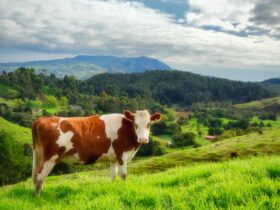


Hello!! Welcome to Anim Farm